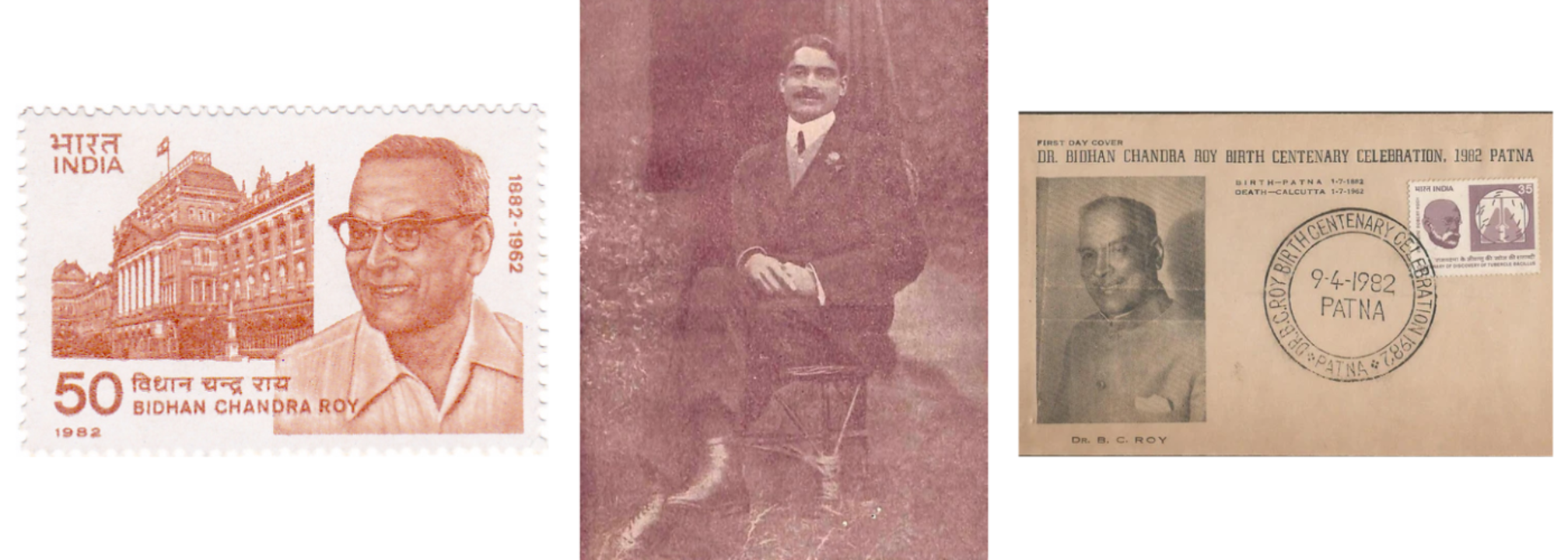National Doctor's Day: Why Is It Important To Observe A Day For Doctors?

(Source: Wikimedia Commons and Worldwide Mint)
SummaryNational Doctor’s Day, observed on July 1 in India, honours Dr. Bidhan Chandra Roy’s legacy and celebrates doctors’ selfless service, while urging society to safeguard the wellbeing of its healers too.
End of Article
